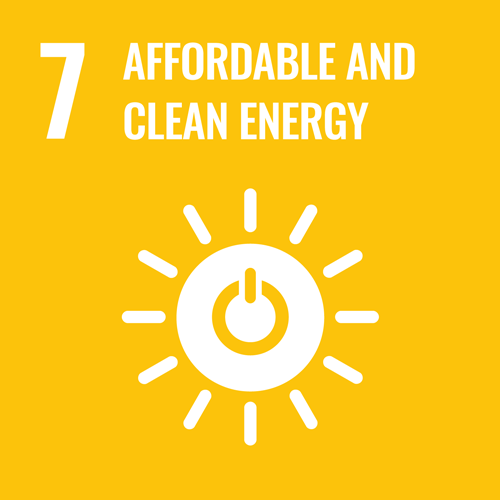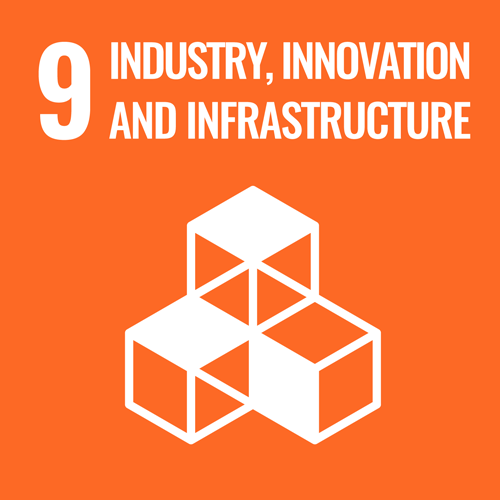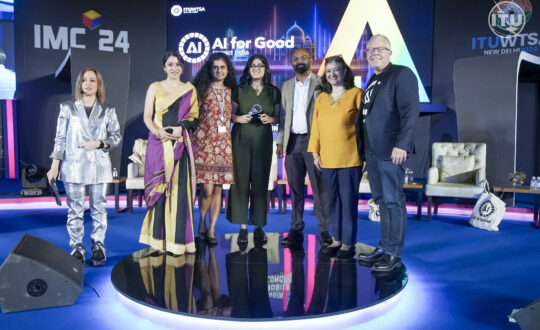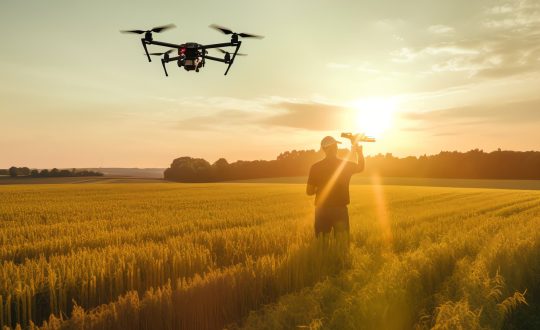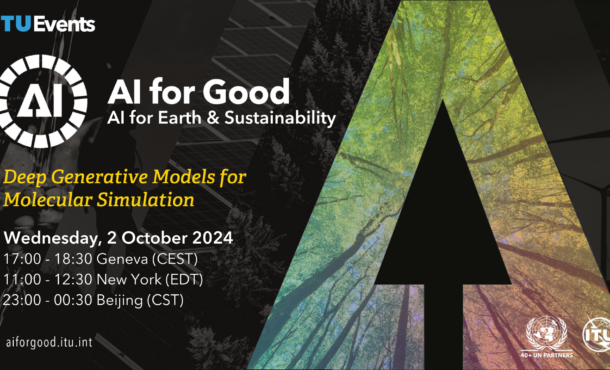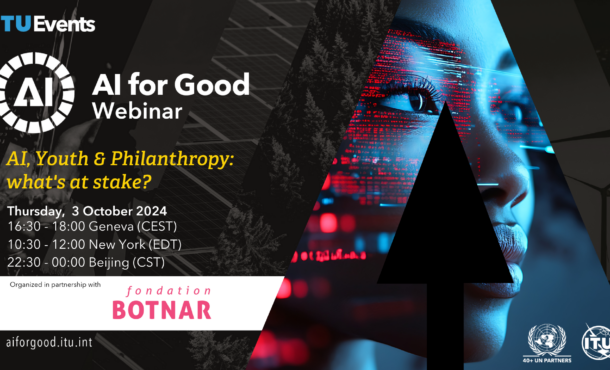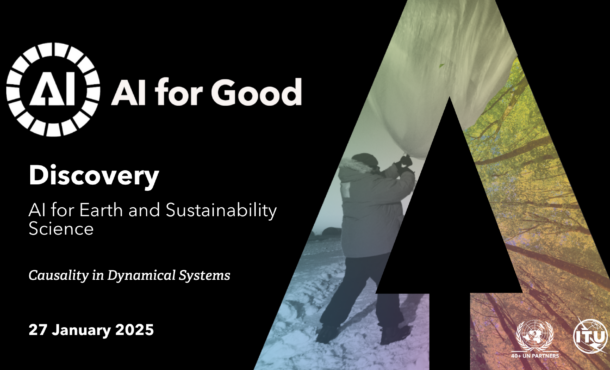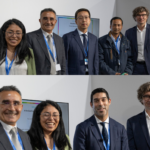Harmonizing the Dual Role of AI in Climate with Global Standards

- 8 November 2024
By Cindy X. S. Zheng
On November 1-2, 2024, the 5th AI Policy Summit took place in Zurich, organized by RegHorizon and the ETH Zurich Center for Law and Economics. The event gathered policymakers, industry leaders, researchers, and civil society to explore the future of AI governance. For the first time, AI for Good and the International Telecommunication Union (ITU) served as strategic partners, enhancing the summit’s collaborative focus on global AI policy.
This two-day event broadly covered topics ranging from climate and youth to sovereignty and standards under the umbrella theme of AI regulation, offering insights from a global and Swiss-specific perspective.
Two Sides of the Same Coin: AI and Climate Impact
During the first panel of the summit, Guillem Martínez Roura, AI & Robotics Programme Officer at AI for Good, emphasized the role of the ITU in the relationship between AI and Climate. Moderated by Arti Garg, Deputy, Global CTO for Data & AI, Lead Sustainability Architect, Hewlett Packard Enterprise, the panelists came from both industry and academia. Together, the consensus was reached early on that AI tools can mitigate climate risks but also exacerbate them.
Saifur Rahman, President and CEO of IEEE, shed light on real-world implications. He reflected on the lack of awareness about energy needs in the day-to-day use of AI applications on a societal level, pointing out the need for youth engagement and teacher involvement.
“We have to think both sides, not just more power [and] more AI […]. More has a limit. My focus is to look at the limit and be creative with technology-focused solutions so that we can be challenged to do new things differently,” said Saifur Rahman.
Paths to Balance AI with our Climate
The panel offered differentiating views on which regulatory and practical ways are most effective in balancing risks and potentials.
Erica Moret, Director of United Nations Affairs and International organizations at Microsoft, named three factors that should shape AI solutions: Multi-stakeholder engagement in policy processes, evidence-based and scientific-driven research, and lastly, humility in approaching this topic. She also pointed out that data centers need to become more energy efficient, AI models must be optimized, and local contexts must be taken into account when designing solutions.
“I think a good dose of humility is also really important as we approach this topic, to not think that we have the answers yet and to work together to seek solutions to tackle some of these major challenges,” said Erica Moret.
Manuel Kugler, Data & AI Programme Manager at the Swiss Academy of Engineering Sciences (SATW) pointed out that the necessary technologies and methodologies to answer to climate change already exist, underlining the need for action now.
He also lists three actions that should be focused on: Capacity-building in data and AI literacy for the public, but also specifically in sustainability for professionals. Secondly, engagement in international programs and private-public partnerships is crucial. Last and most important to him is to speed up the pipeline from research output to market roll-out, so that theoretical ideas become practicable solutions.
“There’s a lot of work to do, I think engaging in conversations and discussions like today, and hopefully also having the right actors that are responsible for these challenges and run these data centres and should consider these aspects. They should be brought to the table and also made accountable,” said Manuel Kugler.
Standardization as the Driver for Sustainable AI
As a solution, the development and broad implementation of standards were continuously brought up throughout the conversation. Guillem Martínez Roura explained how standards can both aim to reduce the direct impacts of AI systems as well as be solution-focused, supporting climate action with common metrics on energy efficiency, referring to ITU’s recent report on AI and Environment: International Standards for Ai and the Environment.
Universally accepted standards are needed to realize environmentally responsible AI development and application and align global efforts with climate targets. Leading standard-setting bodies like ITU and IEEE have taken action accordingly for years, respectively in ITU Study Group 5 and IEEE P7100™ which publish standards for measuring the environmental impact of AI.
“For the first time in COP, there is the recognition of digital technologies as an enabler for climate action, and this together with all these standards for climate reduction sticking to 1.5 [degrees], emission reduction, and so on, is the way forward and this can only happen through the collaboration with other standard setting organizations,” explained Guillem Martínez Roura.
Committing to an Inclusive and Compassionate Approach
The last part of the panel opened the floor for audience questions. Emerging concerns were focused on water consumption in relation to the cooling of data centres, the measurement methodologies for the environmental impact of AI systems, and the challenge of carbon reduction legislation for the industry.
The interrelation of AI and the environment exemplifies the core mission of AI for Good: Drilling down on AI’s positive potentials and use cases to accelerate the Sustainable Development Goals (SDGs). The innumerable existing AI solutions that mitigate climate risks in disaster management, waste reduction, energy efficiency, and more, are showcased in AI for Good’s Innovation Factory and at the AI for Good Global Summit. The recently launched Green Digital Action at COP29 is a collaboration with the International Electrotechnical Commission (IEC) and the International Organization for Standardization (ISO) on green standards, further emphasizing ITU’s commitment to a bright and green digital future.


